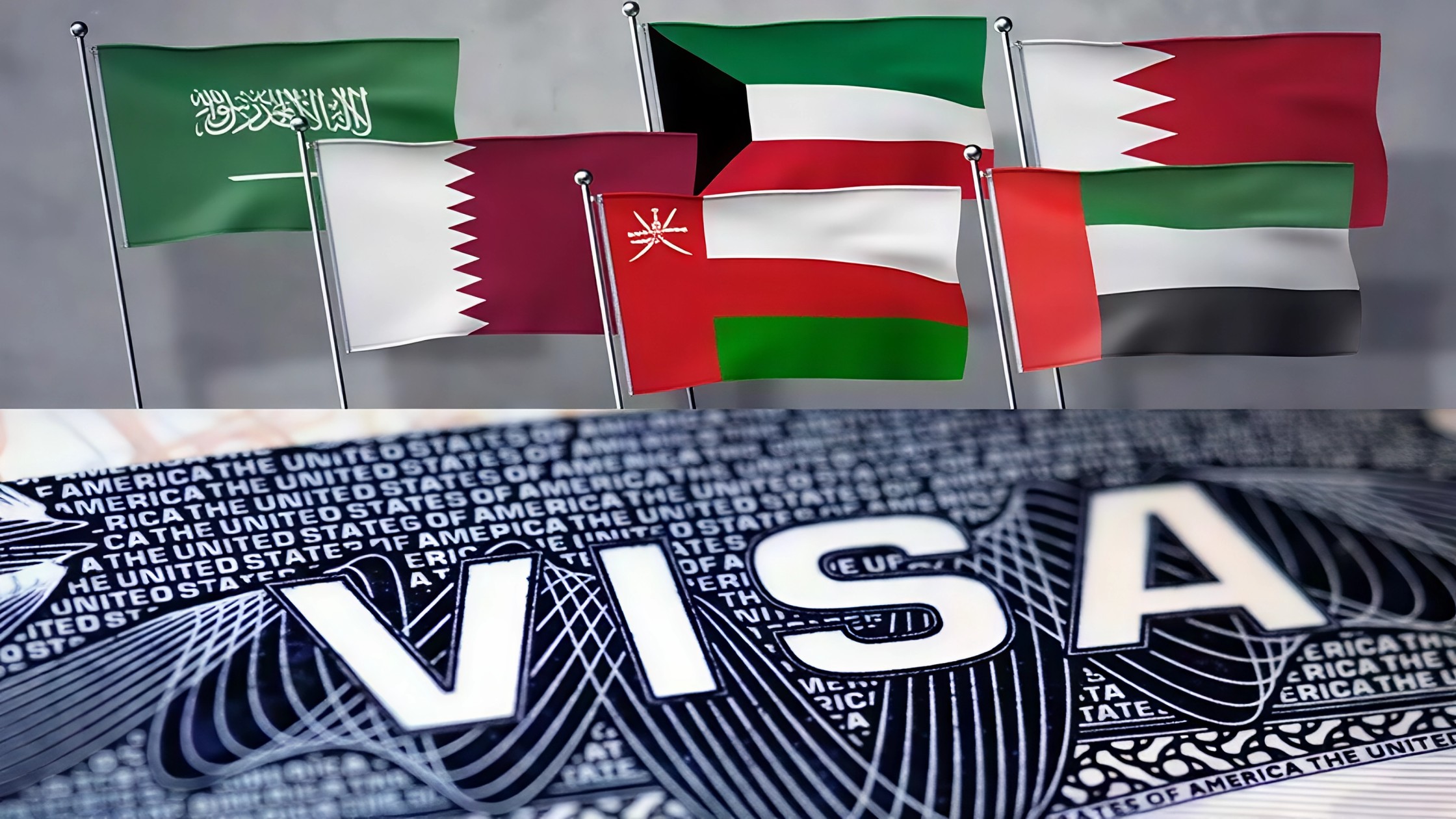During a recent five-day public holiday, domestic tourism in China witnessed a significant surge, with 295 million trips recorded, a 28% increase over pre-pandemic levels. This growth highlights the robust demand for travel within China, contrasting sharply with the slow recovery of international tourism.
Stagnant International Arrivals
Despite the domestic boom, the number of foreign tourists entering China remains low, at just 30% of the levels seen in 2019. This disparity raises questions about the factors keeping international visitors away.

Key Destinations and Popular Activities
The historic river town of Wuzhen, near Shanghai, remains a top attraction. Here, tourists can immerse themselves in traditional Chinese culture, dressing in hanfu and exploring ancient pathways and bridges. Despite the vibrant local tourism, shopkeepers and vendors note that the overall atmosphere is recovering, nearing pre-Covid conditions.
Challenges in the Global Context
China's international tourism suffers from geopolitical tensions and stringent regulations that deter foreign visitors. Additionally, logistical challenges such as reduced flight availability and the complexities of China's digital payment systems pose significant barriers for international travelers.

Government and Industry Responses
In response to these challenges, the Chinese government and tourism operators are making concerted efforts to rejuvenate foreign interests. Initiatives include easing visa restrictions and improving payment and booking systems to accommodate international norms. These measures aim to restore China's appeal to global tourists and balance the scales between domestic and international travel demand.
Despite these efforts, industry experts remain cautious about predicting a swift recovery for China's international tourism sector. They emphasize the need for a more welcoming environment that caters to the needs and expectations of foreign visitors.
Explore the dynamics of China's evolving tourism landscape, where domestic vitality contrasts with international hesitancy, reflecting broader economic and geopolitical trends.








